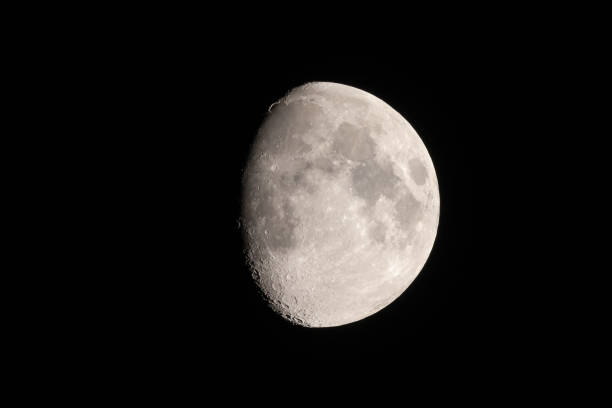When you think of Norman Rockwell, images of idyllic American life probably spring to mind—scenes of small-town charm, family gatherings, and everyday heroism. But Rockwell was more than just a chronicler of Americana;
He was a master storyteller who could capture the zeitgeist of any era. One of his most compelling works, Man on the Moon by Norman Rockwell, takes us on a journey far beyond the confines of Earth, encapsulating the awe and wonder of humanity’s first steps on the lunar surface.
First off, let’s talk about the sheer audacity of the subject matter. Painted in 1969, the same year Neil Armstrong and Buzz Aldrin made their historic moon landing, Rockwell’s piece is a testament to the boundless possibilities of human endeavor.
Unlike his more traditional works, this painting ventures into the realm of science fiction turned reality. It’s a bold departure, yet it retains that quintessential Rockwell touch—meticulous detail, emotional depth, and a narrative that speaks volumes.
The composition is striking. The astronaut, clad in a bulky spacesuit, stands on the barren lunar landscape, Earth looming large in the background. The juxtaposition of the cold, desolate moon with the vibrant, life-filled Earth is nothing short of poetic. It’s as if Rockwell is reminding us of the fragility and beauty of our home planet, even as we reach for the stars.
One can’t help but notice the astronaut’s posture. He stands tall, almost reverent, as he gazes at the Earth. There’s a sense of humility and awe, a recognition of the monumental achievement and the responsibilities that come with it. Rockwell captures this moment of introspection perfectly, making the viewer pause and reflect on the enormity of the event.
The color palette is another aspect worth delving into. Rockwell employs a muted, almost monochromatic scheme for the lunar surface, emphasizing its starkness and otherworldliness. In contrast, Earth is depicted in vibrant blues and greens, teeming with life. This clever use of color not only highlights the differences between the two worlds but also draws the viewer’s eye to the central figure—the astronaut.
Now, let’s talk about the emotional impact. Rockwell was a genius at evoking emotion, and this painting is no exception. There’s a palpable sense of wonder and pride, but also a hint of melancholy.
The astronaut is alone, a solitary figure in an alien landscape. It’s a poignant reminder of the isolation and sacrifices that come with great achievements. Yet, there’s also a sense of unity and shared accomplishment. The moon landing wasn’t just an American triumph; it was a milestone for all of humanity.
In terms of technique, Rockwell’s attention to detail is, as always, impeccable. The textures of the spacesuit, the craters on the moon’s surface, the delicate curvature of Earth—all are rendered with painstaking precision. This meticulousness adds a layer of realism that makes the fantastical subject matter all the more believable.
What sets Man on the Moon by Norman Rockwell apart from other depictions of the moon landing is its narrative depth. It’s not just a snapshot of a historical event; it’s a story, a meditation on human achievement and its implications. Rockwell invites us to ponder the broader questions—what does it mean to explore new frontiers? What responsibilities do we bear as we push the boundaries of what’s possible?
Conclusion
Man on the Moon by Norman Rockwell is a masterpiece that transcends its time. It captures a pivotal moment in history with a blend of technical skill, emotional depth, and narrative richness that few artists can match. It’s a testament to Rockwell’s versatility and his ability to tap into the collective consciousness, making us see the extraordinary in the seemingly ordinary.
So, the next time you come across one of those Norman Rockwell paintings, take a moment to appreciate the layers of meaning and emotion that lie beneath the surface. After all, art is not just about what you see; it’s about what you feel.

